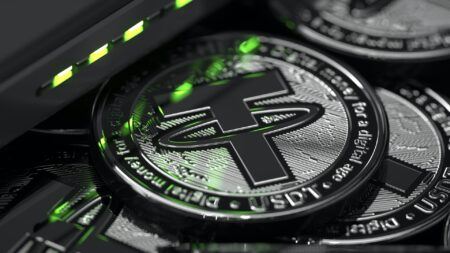Litecoin blockchain data appears to show an entity is performing a large-scale dusting attack on its users on a regular basis, threatening the anonymity of LTC’s users.
According to data from BitInfoCharts, first spotted by Litecoin.com, an unknown entity has been sending dust – extremely small amounts of LTC – to active addresses on the network on a weekly basis. This, as the average number of active addresses per day is 40,00 but spikes to over 70,000 every seven days, before abruptly dropping again.
The result of the activity is a sawtooth-like pattern. The attack appears to be related to a previous one that hit the Litecoin network on August 10, 2019 as the suspicious dust transactions have been occurring since August 20, 2019.

Dusting attacks involve an attacker sending a small amount of a cryptocurrency, in this case litecoin, to specific addresses. The attackers then analyze the addresses they sent dust to in order to identify which ones belong to the same wallet, with the goal of linking dusted addresses and wallets to their respective companies or individuals.
If the attackers manage to identify who owns what LTC wallet, they may start attacking said person via phishing, cyber-extortion, or other methods to try and get their litecoin. To protect themselves, users simply need to not move the received dust, as the attackers won’t be able to analyze the transactions to “de-anonymize” the user.
Litecoin.com notes that if the transactions are indeed a dusting attack, this new weekly method would “allow for the creation of a set of more detailed and useable insights when attempting to track and map the interactions between participants.”
It notes that it’s hard to properly analyze the behavior, although it’s clear the total number of transactions aren’t spiking along with the number of active addresses, nor is the value being sent correlated to it.
To stop the attack miners could reportedly implement rules to mitigate the spread of dust in such a way, although the move would have to be discussed by the community. The post reads:
Ultimately it would be up to the network participants to tackle this issue or pressure change, that is if a majority even see this as an issue that requires such action
Dusting attacks initially started occurring on the Bitcoin blockchain, but soon started spreading. Last year Samourai Wallet warned some of its users were under a dusting attack, and added a feature allowing them to mark funds from these transactions so they aren’t used in the future.
Featured image by Mica Asato from Pexels








